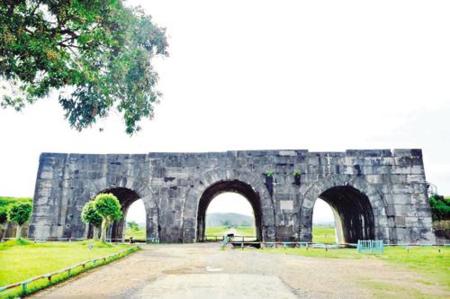The “Hồ” Dynasty ancient Citadel ( other name: the “Tây Kinh”, the “Tây Đô”, the “Tây Giai”, or the “An Tôn” citadel) was the capital of Dai Ngu (the country name of Vietnam in the “Hồ” Dynasty). This ancient citadel was built by “Hồ Quý Ly” in 1397 in Vinh Tien and Vinh Long communes of the Vinh Loc district, Thanh Hoa province today with only three months.
In 1397, the country was at risk of being invaded by the Ming enemy from the north, “Hồ Quý Ly” chose “An Tôn” land to build the capital in preparation for the long-term resistance (it also has a purpose as making people forget the Tran Dynasty). “An Tôn” land is located in the area between the “Mã” and “Bưởi” river, with the “Thổ Thượng” mountain in the north, the “Ngưu Ngọa” mountain in the west, the “Hắc Khuyển” mountain in the west and in the south is the convergence of the “Mã” and “Bưởi” river.
The “Hồ” Dynasty Ancient Citadel consists of three parts: “La Thành”, “Hào Thành” and “Hoàng Thành” (like the Thang Long Ancient Citadel). The “La Thành” was the outer round, about 4 km in circumference. The “Hào Thành” was dug around the “Hoàng Thành”, about 50m from the “La Thành”. “Hào Thành was used to protect the “Hoàng Thành”.

